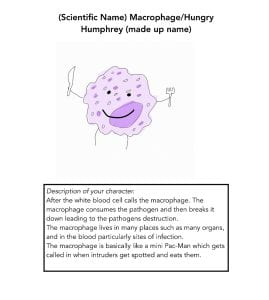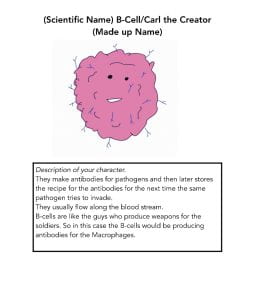First off, let’s talk about keystone 1 (Who Am I). During this keystone we learned about matter, physical and chemical properties, and quantitative and qualitative descriptions. I honestly enjoyed this keystone a lot, it was actually my favourite because it went over some of the basics and just talked about some very simple yet important topics such as the properties of matter and stuff like that. I especially enjoyed learning some of the formulas for like density and mass, it really reminded me of some of stuff I was doing in math, which is a subject which I really like and excel at. And in the end for the keystone we had to choose an object to describe and give measurements about like its volume, and physical and chemical properties. I chose a plastic little cube and talked about some of its features like how its mass is 23.51g and its density is 1.50464g/cm3.

Now for the next little sector it was pretty much like the last sector except it was more complicated and it went more into depth like we started talking about the KMT or kinetic molecular theory. We also looked a bit at gases, liquids, solid’s and even plasma and how certain things like temperature can really affect their state and how they are. On top of that we kind of went over diffusion and what affects it, which now takes us to the second keystone which sort of relates to that. So for the second keystone we did a really cool experiment with gummy bears revolving around diffusion. We had to look at gummy bears and see what kinds of things help with its diffusion wether if the temperature or if the colour affects the diffusion in anyway. This was actually a group assignment so I worked with Hunter and Baz for the project. Our hypothesis was “the presence of salt in the water will not change the rate in which the gummy bears defuse, but will make the gummy bears a lighter tint of its original colour, as well as create a grainy surface around the gummy bear. The water might also be tinted by the gummy bears original colour.” And for our prediction we predicted that the gummy bears will double in size as well as lose most of its original colour. We were mostly right because the colour did definitely change both in the water and in the gummy bear, and the gummy bears’ size did also change as well. All of this did happen but only for the normal gummy bears, we also experimented with the surgery ones and the results were vastly different than what we’d expected. The surgery ones were all different sizes and had weird textures after the experiment for some reason, probably due to the sugar. This sector was overall definitely pretty fun and I really did enjoy experimenting with the gummy bears and I hope to do it again.

Now for the last and final sector, we looked more at atoms and how they were discovered and what atoms are made out of (Neutrons, Electrons, Protons) and did a lot of stuff like that. We also looked at like the structures of the atoms and how they supposedly look like and the details within them. And finally we had to make a science related scratch game which involves atoms and lots of stuff to do with them. So I made a game in where you have to answer atom related questions to earn points, and with the points you can upgrade your own atom. So you can start evolving your atom and go from a baby atom to atoms such as a mega crazy atom. So basically the goal of the game was to evolve your atom as much as possible and see how far you can go. I liked the sector overall but I actually really didn’t like the scratch assignment and found it quite frustrating. Maybe it was just me but I found Scratch to be very frustrating because sometimes things would work out but also sometimes not and I actually lost quite a bit of my progress on my game a few times and overall had lots of problems.

Overall I really enjoyed the last little while, I felt that I learned a lot during these past few sectors in science. Even though I had my ups and downs I thought it was overall very fun and enjoyable with lots of cool experiments and assignments. I thought these last sectors were really good and I hope to do similar experiments like ones we’ve done again sometime.









